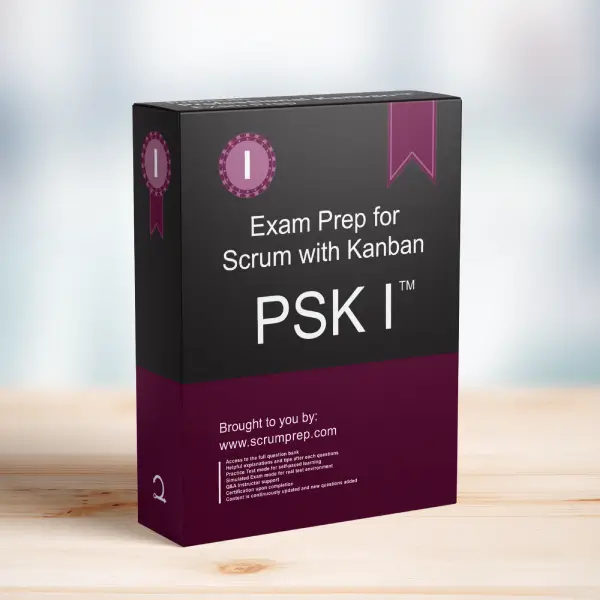Understanding Cycle Time in the Context of Scrum
Cycle Time is a key metric that measures the duration it takes to complete a work item from start to finish. In the context of Scrum, it is important to understand how Cycle Time relates to the Sprint length and the flow of work.
Exam Question
In the context of Scrum, which of the following statements about Cycle Time are true?
(choose the best two answers)
A. Cycle Time should be exactly a length of a Sprint.
B. Cycle Time for some Product Backlog items might be longer than a length of a Sprint.
C. Average Cycle Time should be shorter than a length of a Sprint.
Correct Answers
B. Cycle Time for some Product Backlog items might be longer than a length of a Sprint.
C. Average Cycle Time should be shorter than a length of a Sprint.
Explanation
Correct Answers
B. Cycle Time for some Product Backlog items might be longer than a length of a Sprint:
In Scrum, it is possible that certain Product Backlog items, especially larger or more complex ones, might take longer than the duration of a single Sprint to complete. These items may need to be broken down further or span multiple Sprints.
C. Average Cycle Time should be shorter than a length of a Sprint:
To ensure a smooth and predictable flow of work, the average Cycle Time should generally be shorter than the length of a Sprint. This ensures that most work items are completed within the Sprint, allowing for continuous delivery of value and maintaining the cadence of the Scrum framework.
Why the Other Option Is Less Effective
A. Cycle Time should be exactly a length of a Sprint:
This statement is not accurate because Cycle Time can vary depending on the complexity and size of the work items. It is not necessary for Cycle Time to match the Sprint length exactly, and aiming for this can be impractical.
Importance of Cycle Time in Scrum
- Predictability: Monitoring Cycle Time helps teams understand their work process and predict how long it takes to complete items, aiding in planning and forecasting.
- Efficiency: By aiming to reduce Cycle Time, teams can improve their efficiency and deliver value more quickly.
- Continuous Improvement: Regularly reviewing Cycle Time allows teams to identify bottlenecks and areas for improvement in their workflow.
Effective Practices for Managing Cycle Time
- Break Down Work: Ensure that Product Backlog items are appropriately sized to fit within the Sprint and facilitate shorter Cycle Times.
- Monitor and Review: Continuously monitor Cycle Time and review it during Sprint Retrospectives to identify and address issues.
- Limit Work in Progress (WIP): Implement WIP limits to reduce multitasking and ensure a focus on completing work items efficiently.
Relevance to the PSK I Exam
Understanding the relationship between Cycle Time and Sprint length is crucial for the PSK I exam. It demonstrates knowledge of how to manage and optimize flow within the Scrum framework.
Key Takeaways
- Cycle Time for some Product Backlog items might be longer than a Sprint, especially for larger or more complex tasks.
- The average Cycle Time should generally be shorter than the length of a Sprint to maintain a smooth and predictable workflow.
- Effective management of Cycle Time involves breaking down work, monitoring and reviewing metrics, and limiting WIP.
Conclusion
In Scrum, it is important to understand that Cycle Time can vary and that aiming for an average Cycle Time shorter than the Sprint length helps maintain a smooth workflow. Some Product Backlog items may take longer than a Sprint to complete, which is normal and should be managed accordingly. For more information on preparing for the PSK I exam, visit our Professional Kanban PSK I™ Exam Prep.



